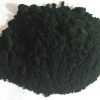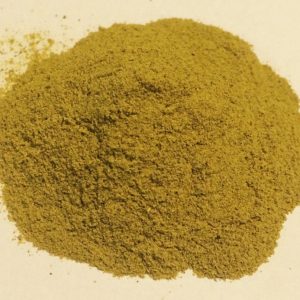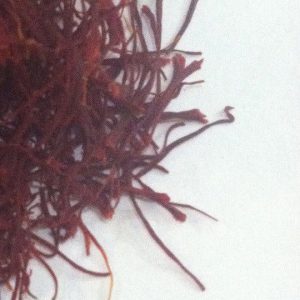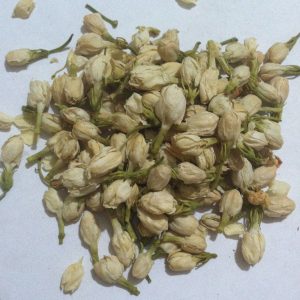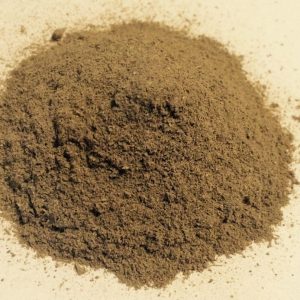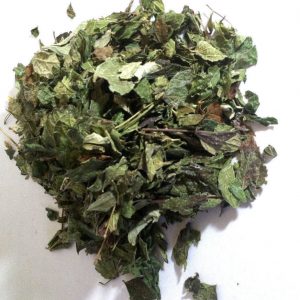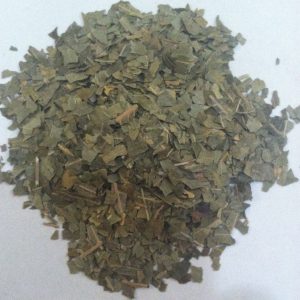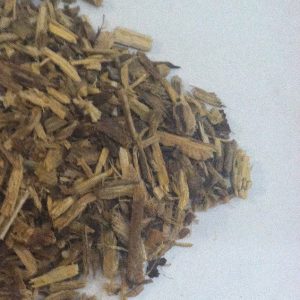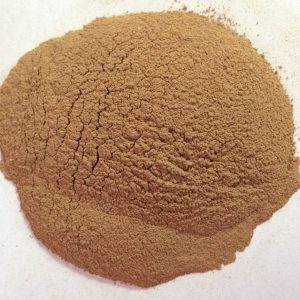Description
Common Name Standardized: spinach Botanical Name Spinacia oleracea L.
Plant Family: Chenopodiaceae Overview Introduction Although Spinach is usually thought of as a food product, it can also be used medicinally and for its nutritional properties. It is excellent source of vitamins, minerals, and antioxidants. Constituents The leaves contain Protein, Iron, Fiber, Vitamin C, Vitamin A, Vitamin C, Vitamin K, Sodium, Folic Acid, Manganese, Calcium, Phosphorus, Sodium, Beta-carotene, Potassium, Thiamine, Riboflavin, Carotenoids, Niacin, Chlorophyll, Antioxidants, Lutein, Phytochemicals, and Lipoic acid. Parts Used Seeds, leaf, and the above ground parts of the plant. Typical Preparations Powdered Spinach may be added to smoothies, stir fries, soups, casseroles, salad dressings, or other dishes. It can be encapsulated, and 1-2 capsules may be taken 1-2 times each day with water at mealtimes. Summary Spinach contains a plethora of nutritional and medicinal properties which help to strengthen our immune system, boost energy levels, and it provides our bodies with necessary vitamins and minerals. Precautions Specific: No known precautions.
General: We recommend that you consult with a qualified healthcare practitioner before using herbal products, particularly if you are pregnant, nursing, or on any medications. For educational purposes only. This information has not been evaluated by the Food and Drug Administration.
This information is not intended to diagnose, treat, cure, or prevent any disease.




